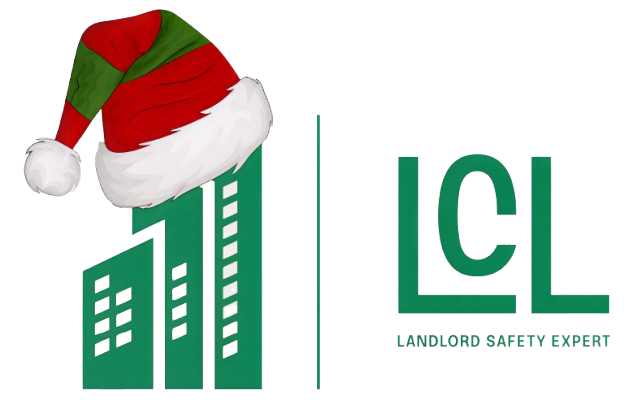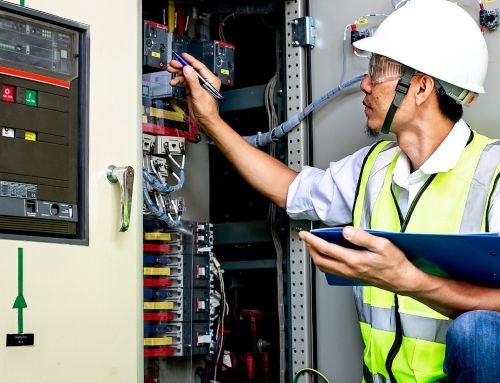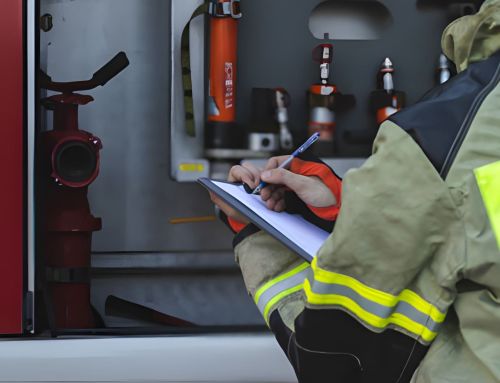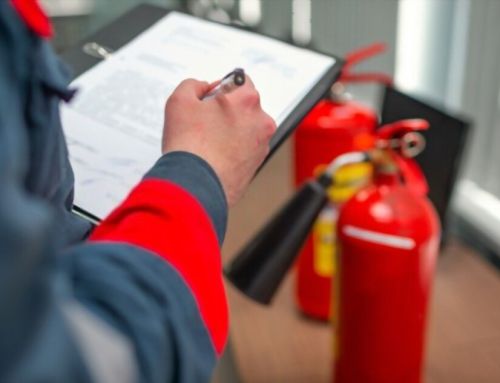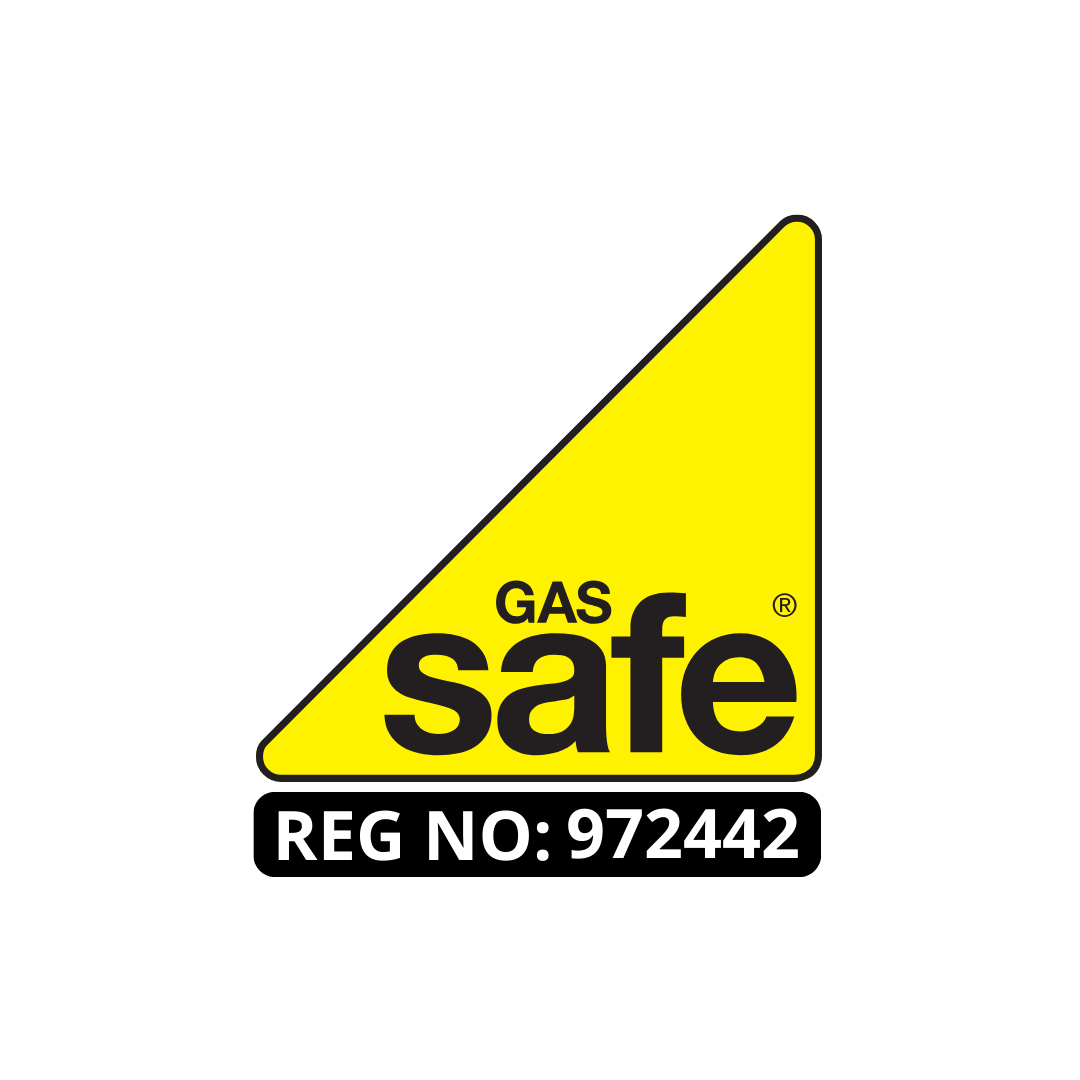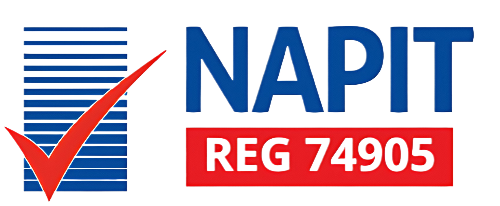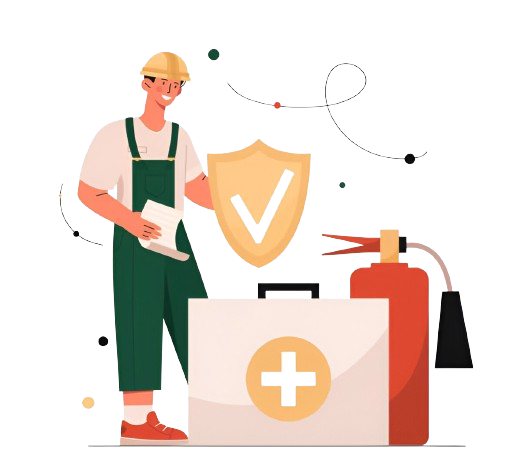
Navigating fire safety regulations can feel like finding your way through a maze, but that’s where Fire Risk Assessment (FRA) certificates come into play. As an expert in this field, I can tell you that these certificates are not just a piece of paper; they’re your safety net in complying with laws like the Regulatory Reform (Fire Safety) Order 2005.
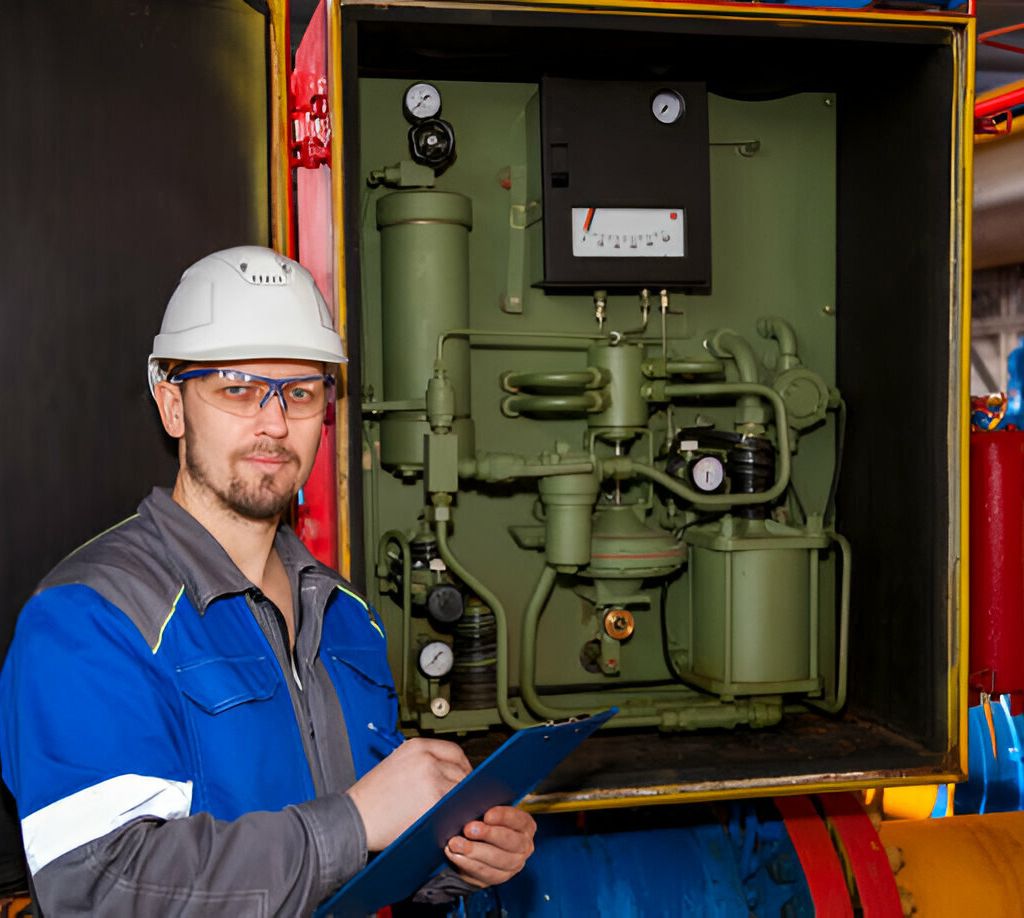
Ensuring your business is compliant isn’t just about avoiding penalties; it’s about creating a safe environment. Let’s explore how FRA certificates can make this process easier and ensure you’re ticking all the right boxes.
Understanding Fire Safety Regulations
To ensure the safety of our communities and businesses, it’s crucial to understand the stringent fire safety regulations set by the government, such as the Regulatory Reform (Fire Safety) Order 2005. This law mandates regular fire risk assessments and the use of tested fire safety equipment including alarms, blankets, and extinguishers.
Part of complying with these regulations includes rigorous fire safety training, which not only educates on fire prevention measures but also outlines clear emergency procedures. Regular fire drill practices are essential, providing hands-on experience in case of a real fire event.
Lastly, the maintenance of safety equipment is paramount. This ensures functionality when it matters most, thereby reducing the risk of fire-related incidents and casualties.
Fire Risk Assessment Essentials
Understanding the intricacies of fire safety regulations naturally leads us to the cornerstone of these standards – the fire risk assessment. This crucial process begins with risk identification, where potential fire hazards are pinpointed.
The assessment process then moves on to determining appropriate safety measures, which may involve installing fire alarms or implementing evacuation procedures. Prevention strategies, such as regular equipment maintenance and staff training, are also integral to this process.
Lastly, ensuring compliance requirements are met is vital; not only for the safety of all occupants, but also to avoid legal ramifications. Remember, a thorough and regular fire risk assessment is your best defence against potential fire hazards. It’s essential to creating a safe environment.
Compliance With Fire Safety Legislation
In the realm of fire safety, complying with legislation isn’t just important – it’s a legal requirement that carries hefty consequences for non-compliance. As a safety officer, I’ve learned the importance of regular fire safety training sessions. These equip staff with knowledge on emergency procedures, fire prevention measures, and building evacuation.
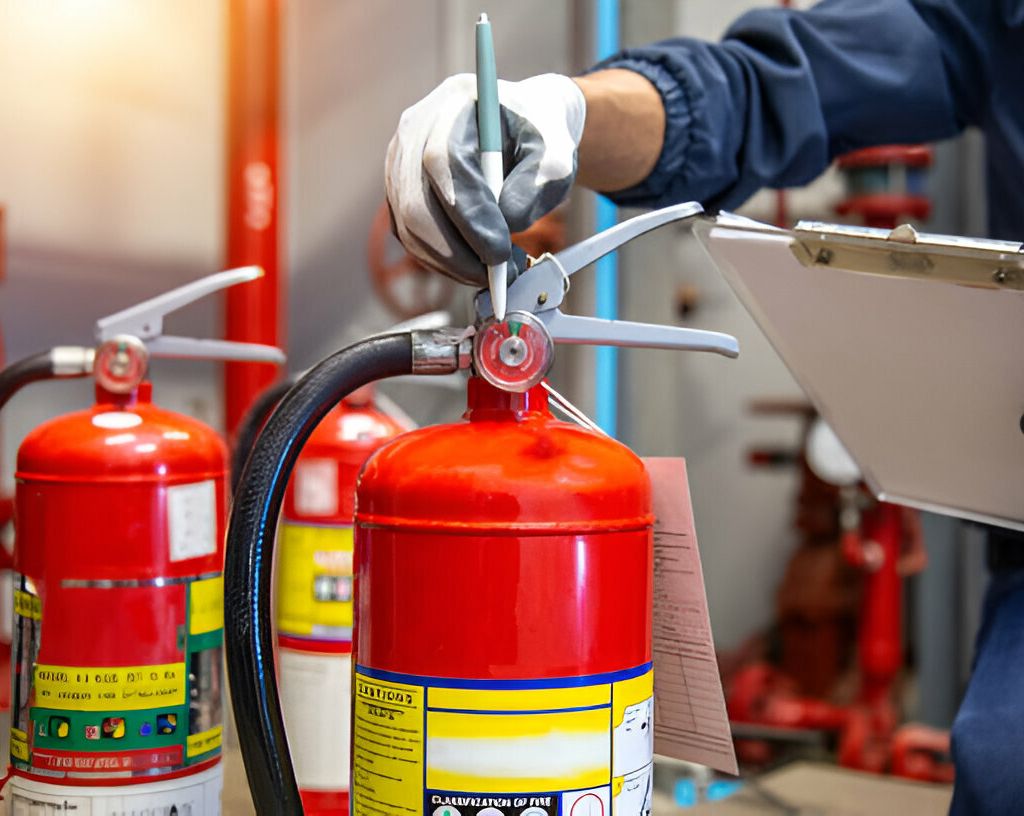
These procedures aren’t just theoretical; we often conduct fire safety audits to ensure our measures are effective and meet the required standards. Non-compliance isn’t an option – it’s a matter of life and death. The goal is to create a safe environment, minimizing fire hazards while ensuring swift response during an unfortunate event.
In this quest, fire safety legislation serves as our guide, helping us uphold the highest standards of safety.
Selecting Competent Providers
Selecting competent providers for fire safety services is a critical decision that demands thorough scrutiny and careful consideration. The provider’s qualifications must be examined meticulously to ensure their expertise in managing fire risks. Look for proof of certificate validity, which should be in line with the latest standards and regulations. This not only guarantees service reliability but also provides compliance assurance, helping you meet your fire safety obligations confidently.
Moreover, never shy away from asking for competency verification. Your provider should be able to demonstrate a comprehensive understanding of the fire safety landscape, including risk assessment, preventive measures, and emergency response protocols. Remember, a competent provider is your first line of defense against potential fire hazards.
Meeting Fire Safety Obligations
Having chosen a competent provider, let’s now focus on how to fulfill our fire safety obligations effectively and confidently. The importance of certification can’t be overstated. It’s our key to ensuring compliance with regulatory requirements and safety standards.

Obtaining an FRA certificate is an integral part of this process. This certificate, which confirms that a thorough fire risk assessment has been conducted, is a clear demonstration of our commitment to fire safety. It meets our legal obligations and provides us with peace of mind.
We must remember that fire safety isn’t a one-off task, but an ongoing responsibility. Regular reviews and updates are necessary to ensure continuous compliance. In this way, we can ensure a safe environment for all occupants.
BAFE and Third Party Certification
To ensure fire safety compliance, it’s crucial we delve into the importance of BAFE and Third Party Certification. These certifications provide significant benefits, including assurance that service providers meet industry standards for quality and regulatory compliance.
BAFE, an independent register of quality fire safety service providers, ensures that businesses are adhering to stringent industry standards. This not only guarantees quality assurance but also ensures regulatory compliance.
Third Party Certification, on the other hand, verifies that products, personnel, and services meet specified standards. It’s a vital tool for demonstrating that a company’s services or products are robust, reliable, and meet legal obligations.
Frequently Asked Questions
What Are the Potential Penalties for Not Having a Valid FRA Certificate?”
As an expert, I’d caution that not having a valid FRA certificate can lead to severe penalty consequences. Non-compliance results in safety violations, with legal implications including hefty fines or even imprisonment. It’s crucial to comply!
How Often Should a Fire Risk Assessment Be Updated to Remain Compliant With Regulations?”
As an expert, I’d recommend updating your fire risk assessment annually, or more often if significant changes occur. This ensures regulation compliance, optimal safety measures, and timely certificate renewal. Regular assessment is a crucial compliance strategy.
What Are the Qualifications Required to Become a Competent Provider for Fire Safety?”
As a competent provider for fire safety, I’ve undergone rigorous provider training, certification processes, and gained extensive safety knowledge. I’m familiar with all necessary equipment and understand critical emergency protocols to ensure compliance with regulations.
What Specific Steps Can Businesses Take to Meet Their Fire Safety Obligations Effectively?”
To meet fire safety obligations, I’d ensure regular safety training, routine maintenance checks, and appropriate safety equipment. I’d also conduct fire drills and maintain clear emergency exits. Compliance is crucial for everyone’s safety.
How Does BAFE and Third Party Certification Contribute to the Overall Fire Safety in a Building?”
BAFE standards and third-party certification significantly boost a building’s overall fire safety. They ensure rigorous fire prevention measures, facilitating regulatory compliance. These certification benefits assure me of reliable, high-quality fire safety equipment and services.
Conclusion
In conclusion, ensuring fire safety isn’t just about ticking boxes. It’s a critical responsibility that safeguards lives and assets.
Complying with regulations like the Regulatory Reform (Fire Safety) Order 2005 and securing a valid FRA certificate can be complex, but it’s indispensable. Remember, opting for competent providers like those with BAFE certification is key.
Let’s make our businesses not just legally compliant, but safe havens for everyone. Fire safety is everyone’s business.
About the Author: LandlordCertificate
Related Posts
Get Social
Recent Posts
- Gas Safety Certificates: A Complete Guide for Property Professionals
- Fire Risk Assessment: Why Every Building Needs a Safety Blueprint
- Fire Safety Inspection: Ensuring Your Property is Safe
- Fire Safety Service Misconceptions That Put Landlords at Risk in the UK
- Compliance value of asbestos management survey
